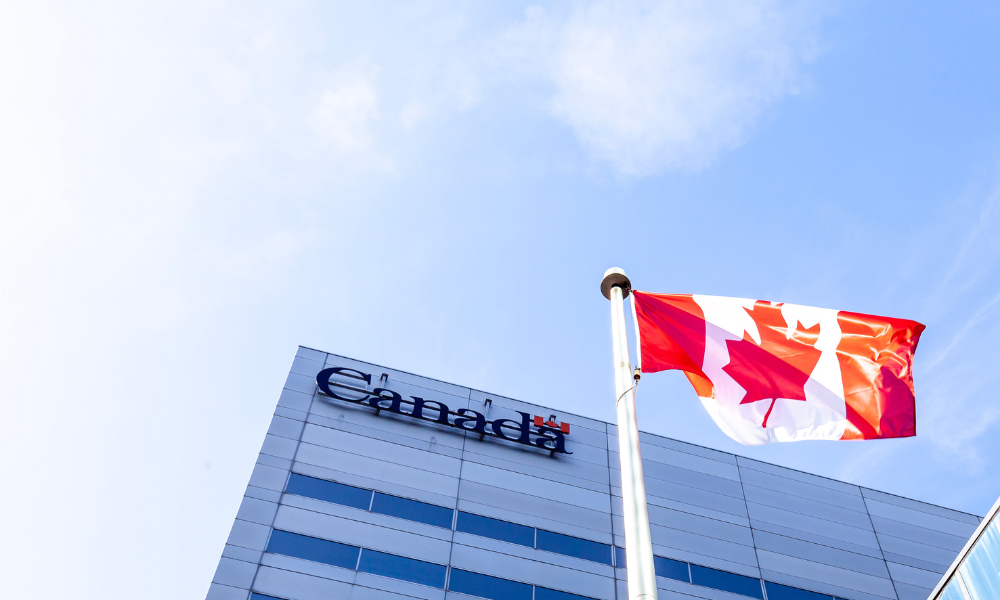Top strategist says currency likely to benefit from supply/demand dynamics and a weakening greenback

The loonie is still “swimming in oil” and should appreciate as the price of the commodity goes up.
That’s the view of Philip Petursson, chief investment strategist and head of capital markets research at Manulife Investment Management, who said his near-term target is for the loonie to reach US$0.77 with upside risk to US$0.79 over the course of the next 6-12 months.
Petursson believes this trend will continue as he expects oil prices to move higher. He added, however, that the interesting aspect to this call is that the gains in oil prices are not likely to be limited to the supply/demand dynamics of the commodity. "The current price for oil, as well as other commodities including gold, are likely to benefit as well from a weakening U.S. dollar," he said. "But make no mistake about it, this loonie is still swimming in oil.”
This forecast is broken down into three tenets, the first being that the team expects the U.S. dollar to continue to depreciate. The dollar index (DXY) has fallen as much as -10% since March owing to the significant monetary inflation by the US Federal Reserve. Although it’s not the only country to have boosted its money supply through fiscal or monetary policy, the amount has overshadowed the likes of Europe, Japan and Canada.
Petursson said: “When one country expands its monetary base faster than others, a devaluation should occur. In today’s case, the U.S. has expanded its money supply - as measured by M2 - at a far greater pace than other countries. As such, we have seen the U.S. dollar depreciate. We believe increased fiscal deficits, the Fed’s bond buying and the trade deficit are likely to lead to continued downward pressure on the greenback.”
The second tenet is that oil prices tend to be negatively correlated to the U.S. dollar and, therefore, will continue to trend higher, while the final reason put forward by the Capital Markets Strategy team is that the Canadian dollar remains a petro-currency.
“Over the past number of years, the Canadian dollar’s correlation to the interest-rate spread between Canada and the United States has also been a contributing factor to its movement,” Petursson said. “However, over the past couple of months it would appear as though this relationship – the Canadian dollar and the two-year spread – has broken down.
“As such, if investors want a confident view on the direction of the loonie vis-à-vis the U.S. dollar, we suggest paying particular attention to the price of oil. That would include not only supply-and-demand fundamentals, and speculative positions in futures, but also the direction of the U.S. dollar and its underlying factors. In short, broad U.S. dollar depreciation will lead to oil price gains and along with it, Canadian dollar appreciation against USD.”
He added that because there is little room to spare for currency headwinds when the US 10-Year Treasury yield is 0.64%, Canadian fixed-income investors will benefit from hedged strategies to protect their yield.



